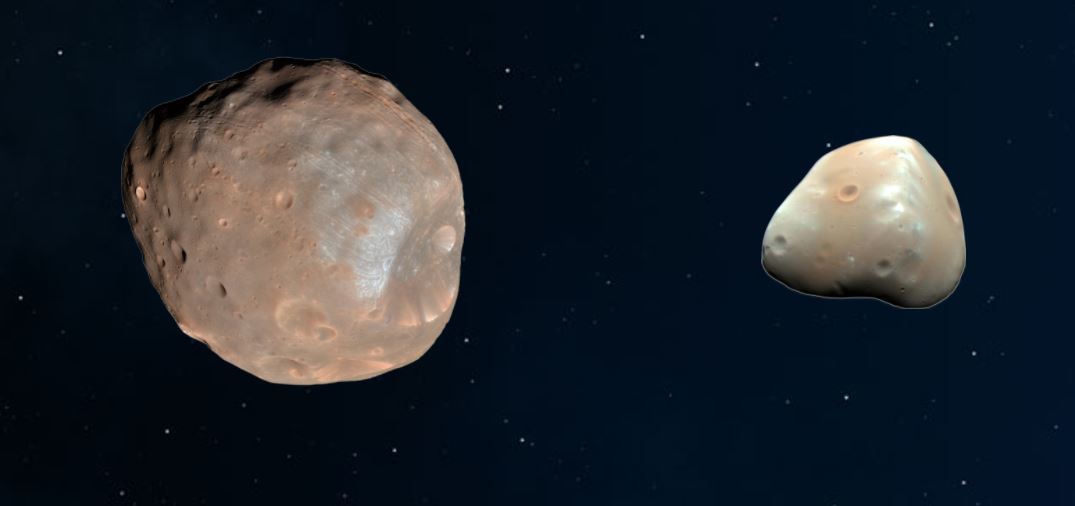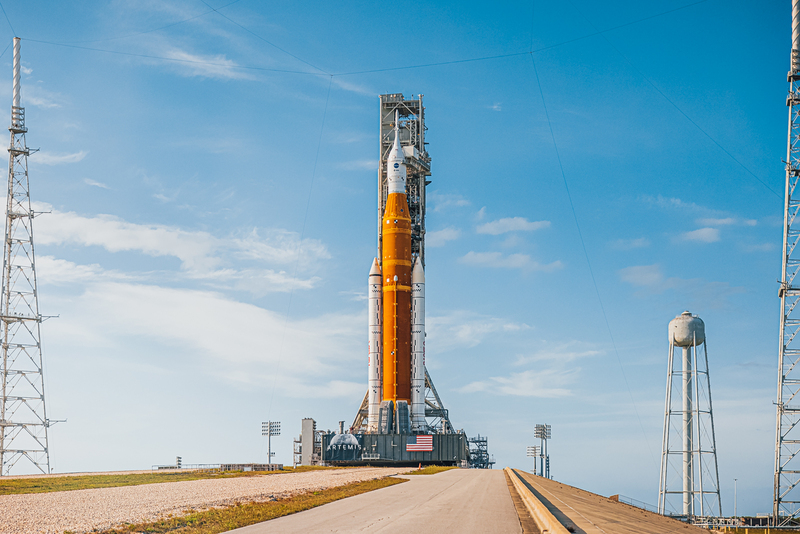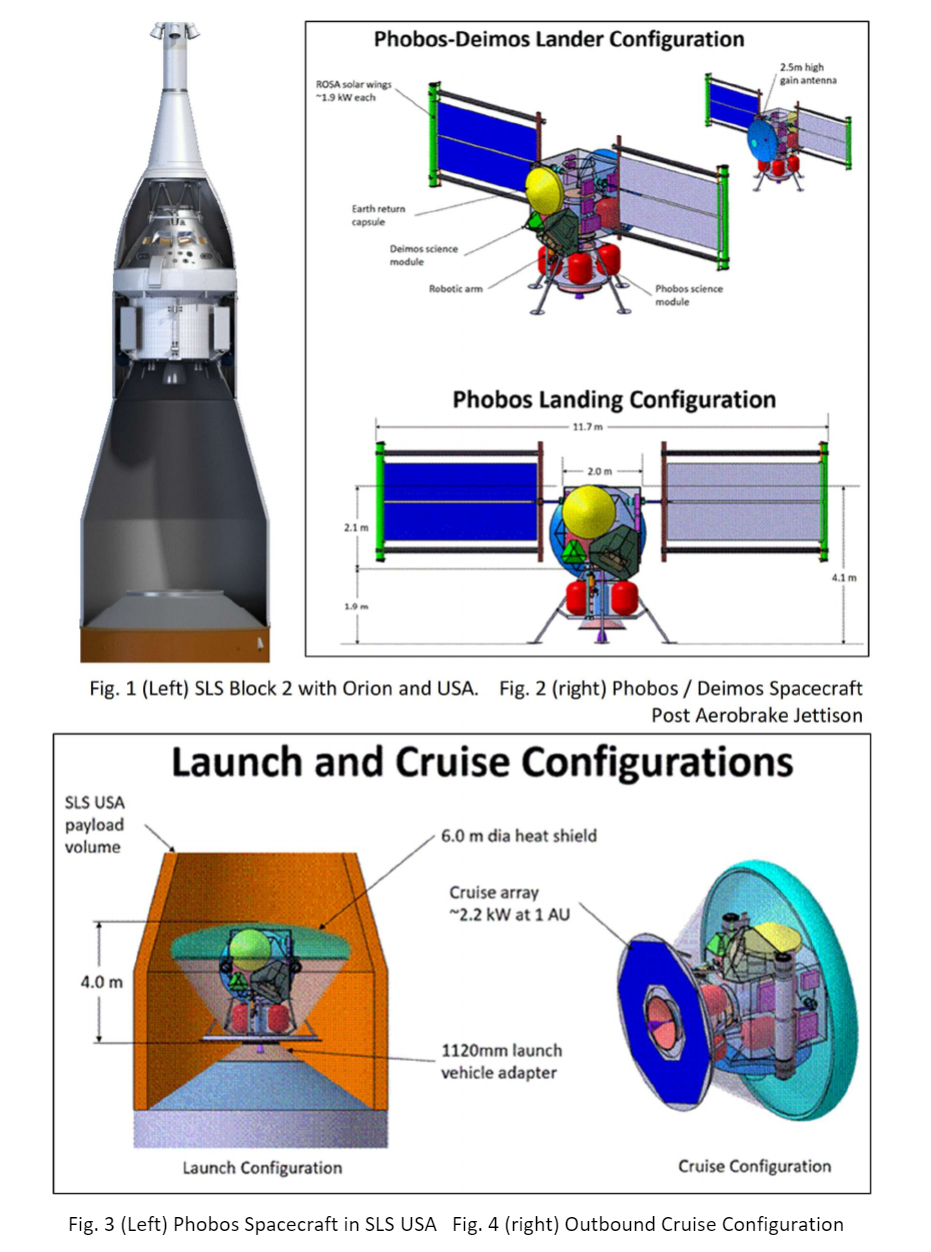The colossal NASA Space Launch System (SLS) rocket has only recently made its first successful flight. In November 2022, it could overcome many postponements and eventually rose into outer space after many years of development. Much of this development has been done by aerospace contractors such as Northrop Grumman and Boeing. These companies are interested in SLS giving impetus to successful missions in the Solar System. A pair of Boeing engineers published an article in which they described the scheme of one of the interesting missions to study Phobos and Deimos, as well as taking samples from their surface and returning them to Earth. The SLS rocket would play a key role in this project.

Phobos and Deimos, the two moons of Mars, are unique for different reasons. Phobos, according to scientists, is empty. On its surface is the massive Stickney crater, which occupies almost half of its area. What’s more interesting is that Phobos is the closest moon to Mars. Deimos is a little less interesting, but it can still become an advanced base for future research of the Red Planet.

However, significant power is required to reach these moons. Launching any spacecraft on Phobos and Deimos is already a difficult task. Moreover, it is still necessary to have enough fuel to return to Earth after landing on the surface. However, according to the explanations of two Boeing engineers Benjamin Donahue and Matt Duggan, who are developing the SLS, this rocket is capable of not only delivering a mission to the Martian system, but also simultaneously launching the Orion crew capsule.

Modular design
SLS has a very useful and thoughtful system called Universal Spacecraft Adapter (USA). It allows other spacecraft to connect with the Orion capsule. In the case of a mission to return samples from Phobos and Deimos, the spacecraft will consist of four different modules. The first module will be an aero brake, which will allow the spacecraft to slow down and take an elliptical orbit in the Martian system. The gravity of the Moon and the Earth will be used to move into this orbit. After the arrival and completion of the air braking tasks, the module will be dropped.

Then there is the descent module, which is responsible for landing the spacecraft on the surface of Phobos and Deimos. According to the engineers, the module, together with scientific equipment, can land small rovers on moons. It will have a powerful enough engine to make a soft landing on the surface of Phobos and then Deimos. After collecting samples from both moons, a return module will be used, which will break away from Deimos and take a course to Earth.
The last ERC module, which will be responsible for entering the atmosphere, will descend to Earth. It consists of a heat shield and some maneuvering engines, and its weight will be a small percentage of the total load mass.
Who will undertake the mission?
Now engineers are developing optimal routes and trajectories, taking into account the delta gravity for the mission, as well as the expected mass of each of the components. However, there are no details of this mission yet. It is not yet known whether any space agency will support the idea of engineers.
But with the advent of SLS and other heavy launch vehicles, such as Starship, similar missions may become less costly. It’s only a case of time before we visit the surface of these two extremely unique moons.
Earlier we talked about the doomed future of Phobos.
Follow us on Twitter to get the most interesting space news in time
https://twitter.com/ust_magazine

